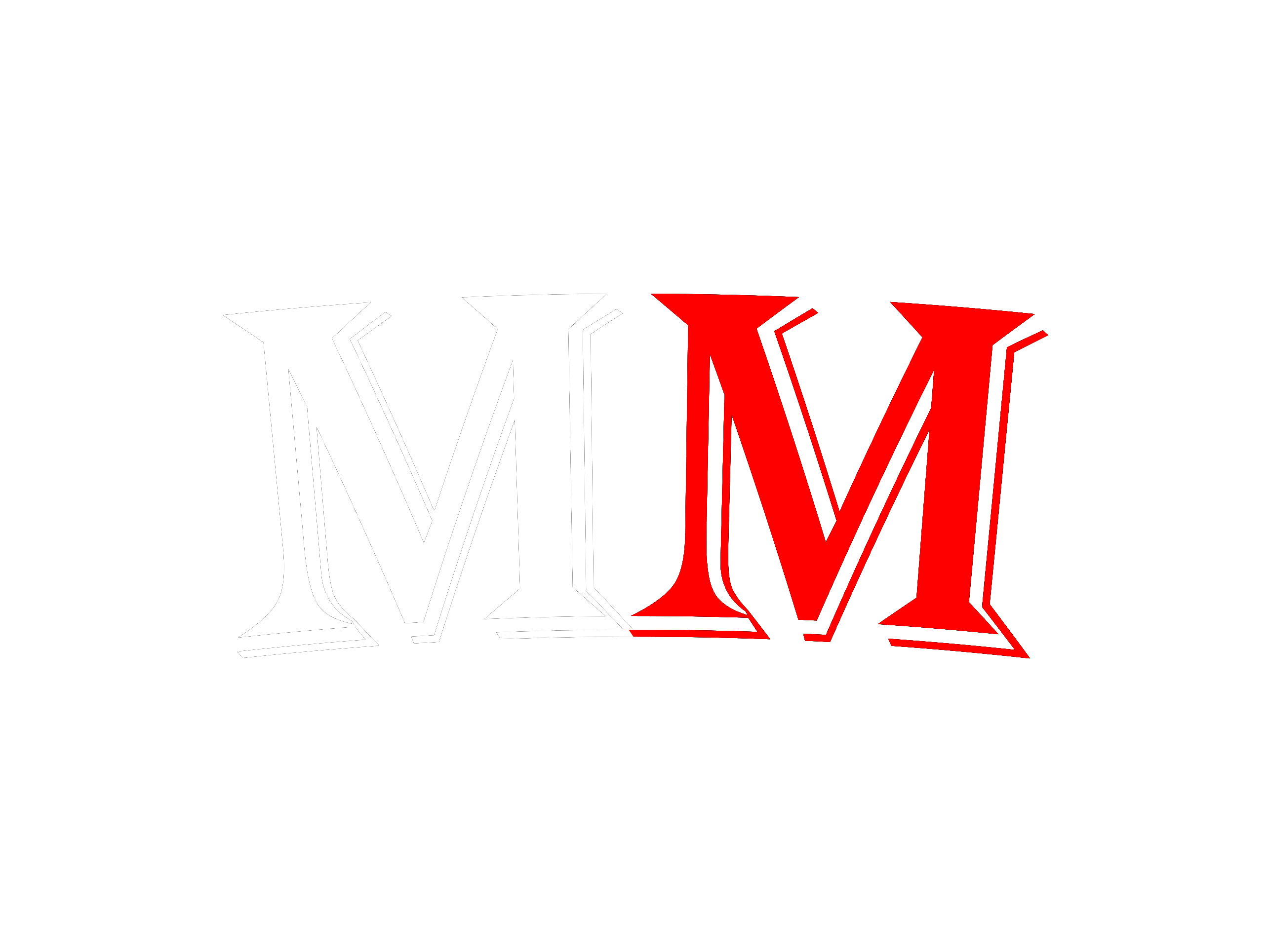Do you want to learn more about mentalism?
If so, we highly recommend the book 13 Steps to Mentalism by Tony Corinda.
This book is referred to as the “bible for mentalists and mind readers.” It’s a serious book that looks deeply into the world of mentalism.
But is this book worth reading?
Will you really learn all there is to know about mentalism?
In this 13 Steps to Mentalism review, we’ll take a sneak peek into the author, the 13 steps he highlights, and more. With this, you’ll know if you want to read it or not.
So let’s get started!
About the Author
Tony Corinda is a world-renowned mentalist, illusionist, and magic inventor.
In 1958, Corinda wrote a series of books called “The Steps to Mentalism”. In 1961, he decided to compile those books to create the 13 Steps to Mentalism.
In this book, Corinda made sure to teach various techniques that are used by mentalists to appear like they have real mental or psychic powers. Some of those tricks are telepathy, telekinesis, and extra-sensory perception.
Corinda believed that anyone can pull off any mentalism trick once these techniques are mastered. So in his ambition to help anyone interested, he has created this great book that has been an excellent help to hundreds of mentalists around the world, even today.
The Good
- The majority of those who read the book say that the tricks and techniques are clear and well-instructed.
- Includes tips and performance suggestions about each technique or trick
- It contains lots of information about mentalism and “how-to” guides, making it perfect even for beginners.
The Bad
- The book is not suitable for more advanced mentalists since Tony Corinda did not include some advanced techniques.
Explaining the 13 Tricks and Techniques in Mentalism
Below are the 13 tricks and techniques used by mentalists described in the book.
1. Mnemonics and Mental Systems
Mentalists have great memories! In this aspect of mentalism, you will deal with quick calculations, memory tests, and mental arithmetic.
Corinda will also discuss the roots of the mental system and how the ancient Greeks used them.
Once you understand the technique, you will be able to use mnemonic tools when performing, as well as have better memory overall.
The tricks that will be discussed in this section are the following:
- Quick Calculations
- The Magic Square
- An Amazing Memory System
- A Day for Any Date
- Simple Card Systems
- The Knight’s Tour
- The Mnemonic Number Code
- Chess Trickery
2. Card Tricks
You’re right, card tricks are more of magic rather than mentalism. However, this chapter will explain how mentalists can use cards in their performances.
For example, you’ll learn that mentalists use reverse psychology so the audience won’t notice that they are manipulating the cards.
3. Blindfolds and X-rays

Corinda mentioned that using blindfolds in your tricks can help convince your audience that you have psychic or mental powers.
You will learn about the different kinds of blindfolds and how you get information while blindfolded. Here are some techniques discussed in this section:
- The Bucket
- Sheet or Blanket Cover
- The Unfaked Mask
- The Felt Mask (Faked)
- The Reverse Crease Blindfold
- The Bag Blindfold
- The Folded Silk Blindfold
4. The Swami Gimmick
In this book, the swami gimmick is divided into three sections — tricks, types, and methods to execute each.
The swami gimmick is a well-known trick in mentalism and magic. It’s an illusion where you will convince the audience that you have precognition and telepathy skills.
This trick involves a small device that is hidden on your thumb.
This is one of the oldest and simplest tricks that will surely blow the mind of your audience!
5. Pencil, Lip, Touch, Sound, and Reading Muscles
This technique will help you observe people’s actions, body language, and words to make accurate predictions. However, to master these techniques, one must have good attention and focus.
The most common technique is pencil reading where the performer can detect what the audience is writing by observing the hand movement.
Lip reading is the same technique used by deaf people to know what the other person is saying. However, as a mentalist, your audience doesn’t know that you’re reading them.
In the book, Tony gives tips on how to successfully pull off these tricks. Once you already understand how it works, you can try implementing the special effects that Tony has included in this section.
6. Billets
Most modern mentalists refer to this as an outdated tactic. But, this is a favorite among the ancient mentalists.
In this chapter, it is explained how and why it is done. This gives beginners an opportunity on how to develop this skill.
Basically, billets are small folds of paper where information is written by the spectator.
7. Book Tests and Fogel Interview
In book tests, a participant from the audience reads a section of a book, then the mentalist relays information about the reading — often it is the page number or specific details about the reading.
Tony describes ten techniques and effects you can perform with a book. He provided tips on how to use dice, slates, cards, and magazines.
In this section, an interview with mentalist Maurice Fogel is included where the future of mentalism was discussed. As well as some tips and techniques in creating an act.
8. Two Person Telepathy
In this section, Tony described the best ways and methods for a two-person team to achieve telepathy. Some tricks include:
- Radio equipment
- Action signal
- Sound reading
- Electrical communications
9. Mediumistic Stunts
In this section, it will be discussed how a mentalist can achieve an illusion of being able to communicate with the spirits, levitation, ectoplasm, and fireballs.
He will also describe the importance of a proper atmosphere and theatrical setting to achieve these stunts.
10. Predictions
Making accurate predictions is part of being a good mentalist. To achieve that, Tony discussed techniques like indexes, envelopes, switches, the drawing-room, and forces.
11. Publicity Stunts
Publicity stunts are used by mentalists who want to market their reputation and exposure as a mentalist. Tony will discuss ideas for publicity stunts, how to advertise yourself, and more.
12. Question and Answer
Ever wondered how mentalists pull off the trick in mind readings and telling the future?
In this section, you will learn how to use logic and perception to provide answers to the participant’s questions by determining what they want and why.
13. Patter and Presentation
Mastering all techniques in mentalism is often not enough. You also need to know the importance of patter and presentation.
This means you need to learn about performance and delivery, appearance, misdirection, mode of dressing, and other gimmicks in stage performance.
The Verdict
To sum it up, the 13 Steps to Mentalism is an excellent and worthy addition to your mentalist books. Even though it was published in the 1960s, it contains relevant and helpful information that is still being used by modern mentalists today.
Whether you’re new to mentalism or you want to expand your knowledge about mentalism techniques, this book contains detailed instructions and information that will help you in your journey.
We can’t recommend it enough!

